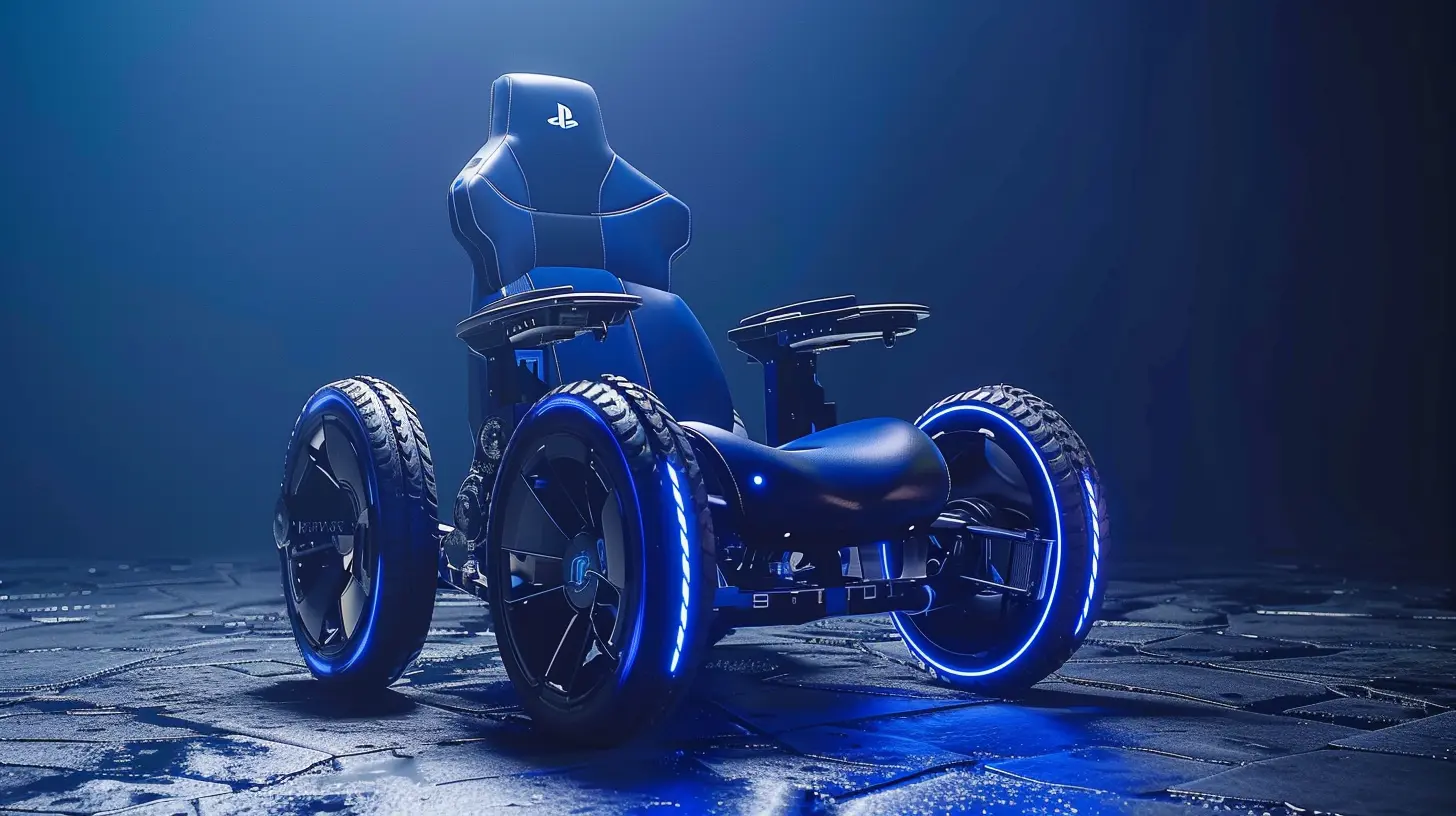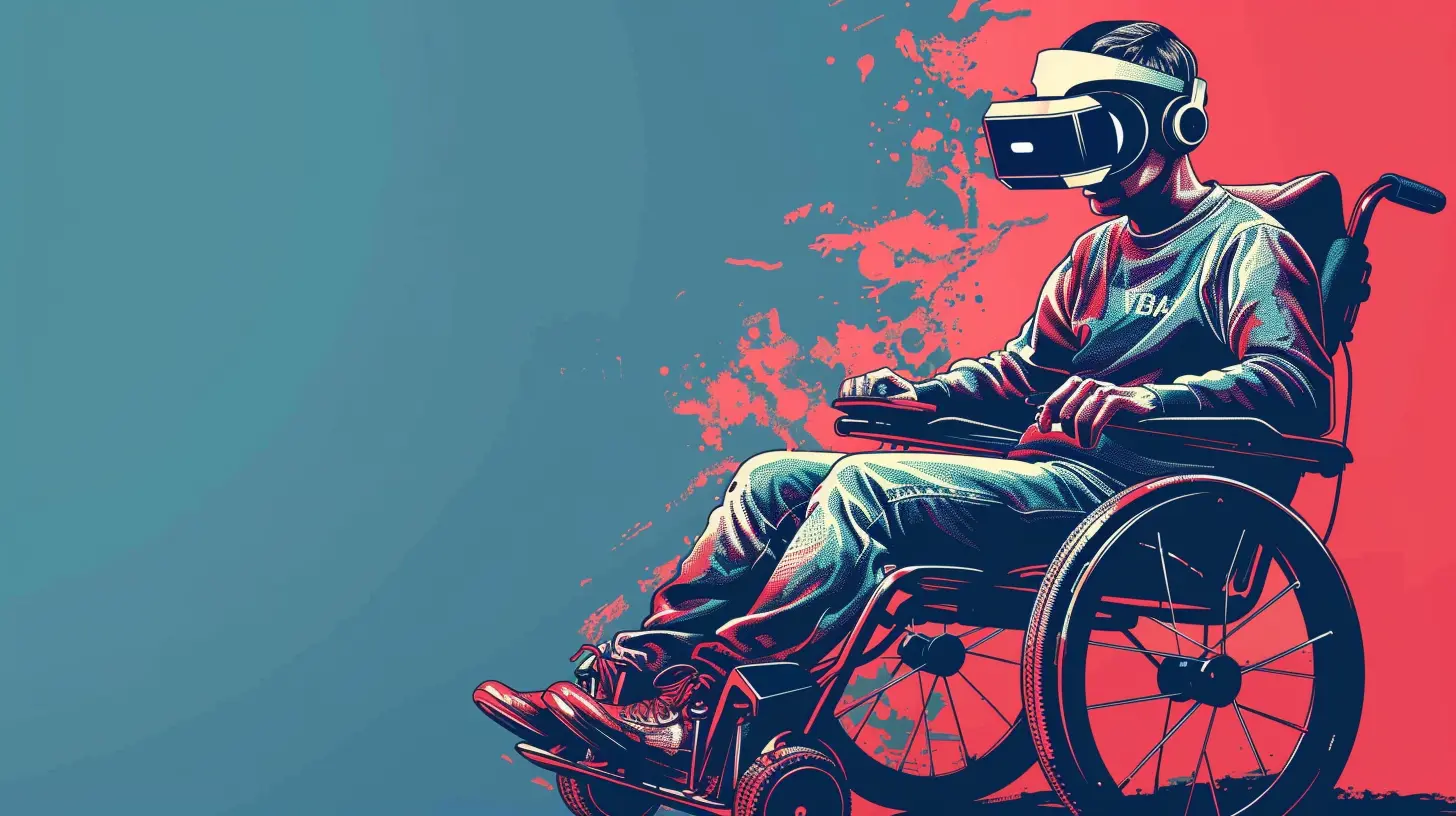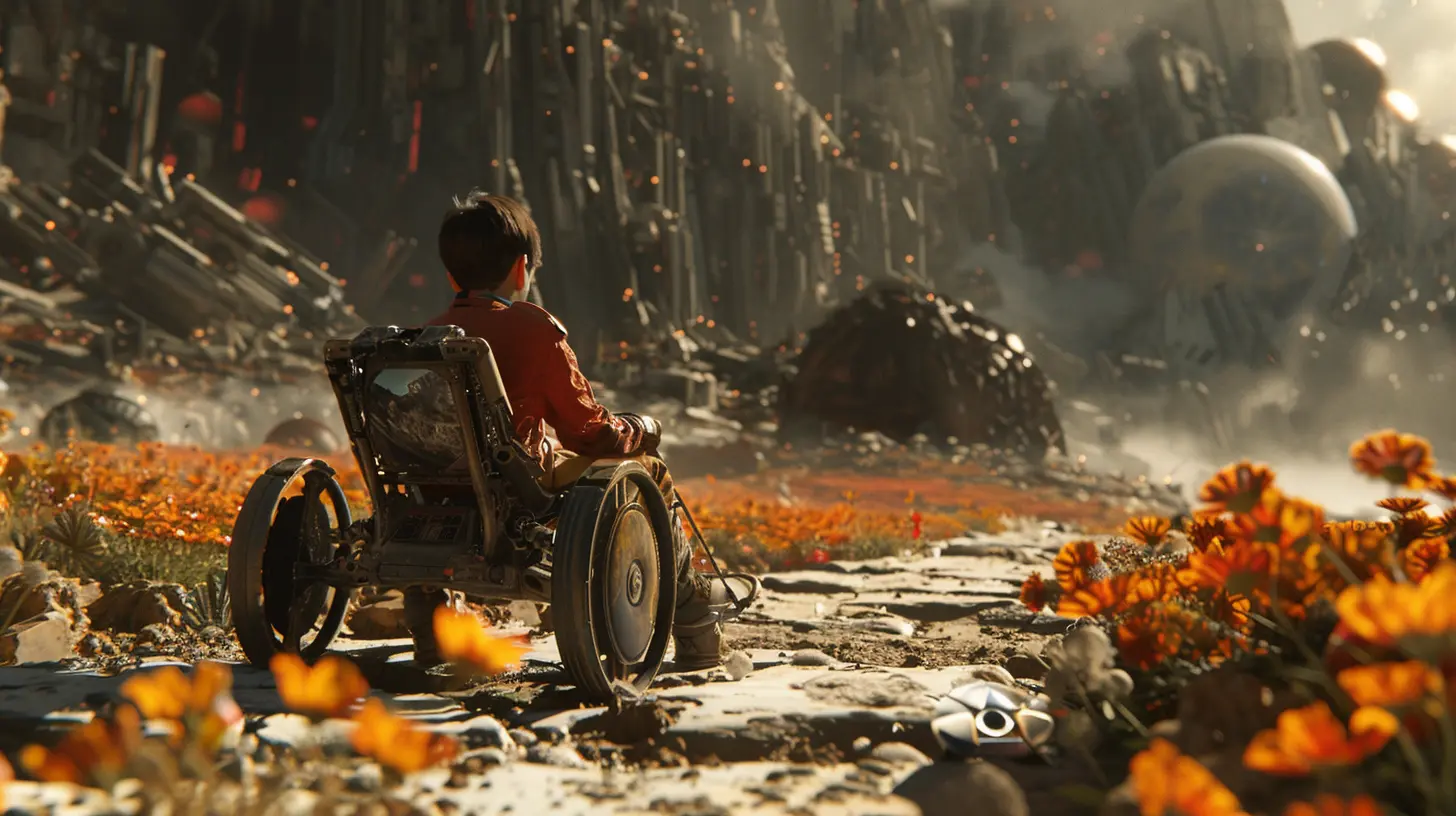How PlayStation's Accessibility Features Are Revolutionizing Gaming for Everyone
26 June 2025
Let’s face it: video games are more than just an escape. They’re worlds we dive into, stories we live through, and moments we share with others—no matter where we’re from or what challenges we face. But for a long time, not everyone could fully experience them. Thankfully, that's changing. And one of the biggest names leading the charge? PlayStation.
In recent years, PlayStation has been stepping up in a big way when it comes to accessibility. They’re breaking barriers, smashing limits, and making sure that gaming is truly for everyone.
Let’s unpack how PlayStation is rocking the gaming world with its accessibility features and why this matters more than ever.
Why Accessibility in Gaming Matters
Imagine waiting months—sometimes years—for a game you’re dying to play. Then, you boot it up and realize you can’t navigate the menus, can't press the required buttons fast enough, or can't even see what’s on the screen clearly.Frustrating, right?
That’s the reality for millions of gamers with disabilities. From motor impairments and visual challenges to hearing loss and cognitive differences, barriers like these can lock players out of the very worlds they long to be part of.
Accessibility isn’t just a feature. It’s a lifeline. It’s about inclusion, empathy, and giving everyone a fair shot at experiencing joy, adventure, and connection.
PlayStation gets that. And they're doing something about it.
The Evolution of Accessibility at PlayStation
Let’s rewind a bit. In the past, accessibility in gaming was more of a lucky accident than a well-thought-out design. Developers might toss in a subtitle option and call it a day. But times, they are changing.From the PlayStation 4 era to now with the PlayStation 5, Sony has been steadily ramping up its game when it comes to inclusive design. And we're not just talking about minor tweaks—these are game-changing (literally) updates that are transforming how people play.
PlayStation 5: Designed With Accessibility in Mind
The PlayStation 5 didn’t just bring better graphics and lightning-fast load times—it came with a deeper understanding of what modern gamers need, including those with disabilities.1. Customizable Controls
Not everyone interacts with a controller the same way. For some, pressing L1 and R1 at the same time is easy-peasy. For others? Not so much.PlayStation 5 allows players to remap almost every button on the DualSense controller. That means if you need to move 'Jump' to a more accessible button, go for it. Want to switch ‘Shoot’ and ‘Crouch’? Done. This gives players the power to create a setup that works for them—not the other way around.
2. Text-to-Speech and Screen Reader
Visually impaired gamers face unique challenges, especially when it comes to navigating menus or reading text in games. The PS5 features a built-in screen reader that reads out on-screen text, system menus, and more. It’s like having a helpful narrator guide you along the way.For players who are blind or have low vision, this isn’t just helpful—it’s revolutionary.
3. Voice Dictation
Tired of typing with a controller? Heck, even without a disability, that's a pain sometimes.With voice dictation, players can speak into the controller’s mic to send messages, enter passwords, or search the store. It’s faster, easier, and way more inclusive for folks who find traditional typing a challenge.
4. Color Correction and High Contrast Modes
Gamers with color blindness often struggle with games that rely heavily on color cues. Ever tried telling blue from purple in a dimly lit level? Now imagine doing that when your eyes literally can’t distinguish those colors.PlayStation’s high contrast modes and color correction settings help bridge that gap—making icons, menus, and elements pop with clarity.
5. Subtitles and Audio Customization
Subtitles have come a long way from tiny, unreadable text. Now, you can alter their size, background, and color, making them easier to read. You can even adjust individual audio channels, like prioritizing dialogue over background noise—a dream come true for gamers who are deaf or hard of hearing.
The Access Controller: A Gamepad That Changes Everything
In 2023, PlayStation made headlines with its new Access Controller (formerly known as "Project Leonardo"). And trust me—it was a mic drop moment.The Access Controller is a completely customizable gamepad designed specifically for players with limited mobility. Think of it as the Swiss Army Knife of game controllers.
Here’s what makes it so special:
- Modular Design: You can rearrange, rotate, and reposition the buttons to suit your needs.- Big, Easy-to-Press Buttons: Forget the tiny, cramped buttons on standard controllers. These are built for comfort and ease.
- Compatibility with Third-Party Accessories: Want to hook it up with other adaptive tech? You can.
- Expandable for Multi-Device Setups: Players can use two Access Controllers together—or combine one with a DualSense controller—for infinite customization.
This isn’t just a cool gadget. It’s a statement. It says, “You matter. Your experience matters.”
In-Game Accessibility: It Doesn’t Stop With Hardware
It’s not just about the system or controller. PlayStation is working closely with developers to make sure games themselves are more inclusive.Standout Titles That Are Crushing It
- The Last of Us Part II: One of the most accessible AAA titles ever made. We're talking over 60 different accessibility options, including audio cues, high contrast modes, and enhanced navigation assistance. It even has presets for blind players.- God of War: Ragnarök: This epic Norse adventure includes large text, automatic pickup options, and puzzle timing assist. Because no one should miss out on Kratos’ rage-fueled journey just because they can’t spam a button fast enough.
- Spider-Man: Miles Morales: Camouflage for accessibility? Yes, please. This game includes options like input shortcuts, chase assists, and adjustable difficulty that truly give players of all abilities a superhero experience.
These aren't just accessibility checkboxes—they're integrated into the gameplay and narrative in a way that feels natural and respectful.
More Than Features – It’s About a Mindset
What makes PlayStation’s approach stand out isn’t just the features themselves—but the company’s commitment to empathy-driven design.They’re hiring accessibility consultants, working with gamers who have disabilities, and actively listening to the community. That’s not a marketing move—it’s a movement.
And guess what? It’s working.
Gamers who once felt left out are now sharing stories of finally completing a game start to finish. Of playing with friends. Of not just watching—participating.
That’s powerful.
The Ripple Effect: Inspiring the Entire Industry
When a giant like PlayStation starts prioritizing accessibility, it sends a message across the gaming universe: This matters.Other companies are stepping up. Developers are paying more attention. Indie studios are getting inspired. Players are raising their voices and getting heard.
And gamers everywhere—regardless of ability—are benefiting.
Because here’s the truth: accessibility doesn’t just help people with disabilities. It helps parents who only have one free hand while bottle-feeding a baby. It helps aging gamers with slower reflexes. It helps busy folks who want to multitask.
In short? Accessibility is good design. Period.
What’s Next? The Future of Inclusive Gaming
PlayStation’s journey isn’t over. Technology is moving fast, and so is the demand for more inclusive experiences.We may one day see eye-tracking controls, AI-driven gameplay assistants, or VR worlds that everyone—regardless of physical ability—can navigate with ease.
What’s important is that PlayStation has made inclusion part of its DNA. And that commitment means the future looks pretty freaking awesome for gamers of all kinds.
Final Thoughts: Gaming Belongs to Everyone
Whether you’ve been gaming for decades or just picked up a controller last week, one thing is clear: everyone deserves to play. No exceptions. No excuses.PlayStation’s growing list of accessibility features is doing more than leveling the playing field—it’s redefining it. By pushing for inclusivity, PlayStation isn’t just making better games. They’re building a better community.
So the next time you fire up your PS5, take a second to appreciate all the design choices made to ensure more people can join in. Because gaming isn’t about gatekeeping—it’s about connection.
And thanks to PlayStation, more people than ever are finally able to plug in, power up, and play.
all images in this post were generated using AI tools
Category:
PlaystationAuthor:

Pascal Jennings
Discussion
rate this article
1 comments
Presley McKittrick
This article beautifully highlights how PlayStation's accessibility features are changing the game for so many! It's inspiring to see a platform prioritize inclusivity, making gaming enjoyable for everyone. Can't wait to see what they come up with next! 🎮❤️ #GamingForAll
July 9, 2025 at 2:38 AM

Pascal Jennings
Thank you for your kind words! I'm glad the article resonated with you. PlayStation's commitment to accessibility is truly transforming the gaming experience for all. Exciting times ahead! 🎮❤️


